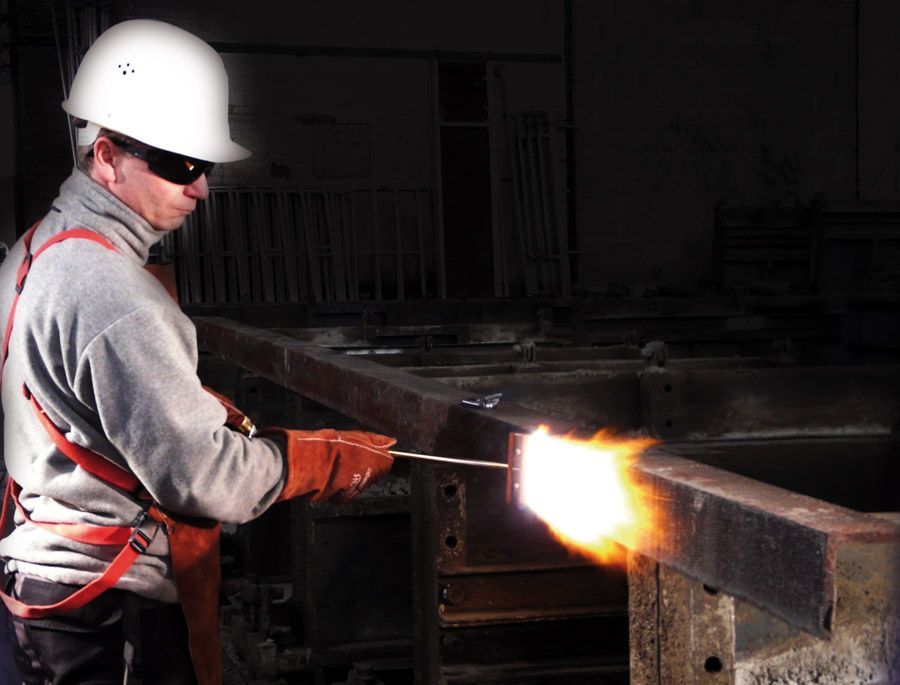Comprehensive List of Epoxy Floor Preparation Techniques
preparing a concrete floor for epoxy coating is crucial to ensure proper adhesion and longevity of the finish.
The journey to a high-quality and long-lasting epoxy coating starts with a crucial step - concrete floor preparation. In this guide, we will take you through various preparation methods, their pros and cons, and how to identify the best one for your situation.
Why Concrete Floor Preparation Is Essential
Adequate concrete floor preparation is critical to ensure the epoxy coating adheres properly, impacting the longevity and aesthetics of the finish. Without it, you risk having a finish that peels, bubbles, or wears out prematurely. Preparation involves removing existing coatings or contaminants and opening up the concrete's pores, providing a clean and textured surface ready for epoxy.
Popular Methods for Concrete Floor Preparation
Acid Etching
Acid etching involves applying muriatic or phosphoric acid to the concrete surface, reacting with the concrete to open up its pores. Once complete, the surface is neutralized, thoroughly rinsed, and dried. Despite being effective, acid etching requires careful handling of corrosive acids and proper waste disposal.
Diamond Grinding
Diamond grinding uses a specialized grinding wheel to texture the concrete surface and remove any existing coatings or contaminants. This method provides a clean, textured surface for the epoxy to adhere to. However, it does require professional equipment and can generate a significant amount of dust. Most are equiped with tools such as vacuums to minimize toxic dusts.
Scarifying
Scarifying uses a machine to cut or scar the concrete surface, commonly used to remove thicker coatings and to profile larger areas. It's a robust method and may not be suitable for all floors due to its aggressive nature.
Scrubbing and Degreasing
For relatively clean surfaces, scrubbing and degreasing can be an effective preparation method. It involves using a high-strength degreaser and a scrubbing machine or power washer to clean the concrete. It's essential to dry the floor thoroughly before applying the epoxy coating.
Sanding
Sanding uses high-grit sandpaper to roughen up the concrete floor surface. While less aggressive than grinding or shot blasting, it can be effective for lightly soiled floors or smooth-finished floors requiring texturing.
Soda Blasting
Soda blasting uses sodium bicarbonate particles blasted onto the surface at high pressure to clean surface contamination and coatings. It's a gentle form of abrasive blasting suitable for more delicate surfaces.
Pressure Washing
Pressure washing is effective for outdoor applications or where there's a significant amount of dirt or grime. However, for optimal epoxy adhesion, it typically needs to be combined with other preparation methods.
Milling
Milling uses a rotary drum to remove a layer of the concrete surface. This heavy-duty mechanical process is generally used for commercial or industrial applications and is not common for residential use.
Flame Cleaning
Flame cleaning employs a torch to burn off surface contaminants. However, due to its high safety risks, it's typically reserved for specific industrial applications.
Solvent Cleaning
Solvents can effectively remove grease or oil stains. However, due to their flammable nature and potential hazards, solvent cleaning requires safety precautions and should be followed up with another preparation method.


How to Determine the Right Floor Preparation Method
Selecting the right method depends on several factors related to your concrete floor and its conditions. You'll need to consider existing surface coatings, surface contaminants, concrete porosity and hardness, and environmental conditions. For example, diamond grinding might be best for a heavily coated floor, while scrubbing and degreasing could suffice for a relatively clean floor.
Proper Techniques for Floor Preparation
Safety should be your priority, particularly when using hazardous chemicals or machinery. Always wear appropriate safety gear and work in a well-ventilated area. Thoroughly clean the floor before any preparation and conduct a water-absorption test (and other appropriate tests) to check concrete porosity. Make sure to handle equipment correctly to avoid damaging the floor and always neutralize and rinse after acid etching. Before applying the epoxy coating, ensure the floor is thoroughly dry to prevent issues like bubbling in the final finish.
Proper preparation of your concrete floor is a crucial step in ensuring the success of your epoxy coating project. By understanding the different methods and implementing the most suitable one for your scenario, you're on the right path towards achieving a durable and attractive finish that lasts.
Remember, this guide serves as a starting point, and every concrete floor and situation is unique. Always consult with a professional if you're unsure about the right preparation method or techniques for your circumstances.
Ready to start your epoxy flooring project? Contact our team of experts today for personalized advice, top-quality materials, and professional service. You can also fill in the form below and we'll get right back to you!
We provide durable epoxy and polyaspartic flooring for garages, basements, warehouses, and commercial spaces. Serving Toronto, Vaughan, Mississauga, Markham, and beyond, we ensure fast, high-quality installations.
Epoxy Services
Contact us
Business Hours
- Mon - Sun
- -
Google Reviews
Edit Google Reviews Widget
Call
+1 647 955 6885@ 2025 All Rights Reserved || Crystal Clear Epoxy Inc
